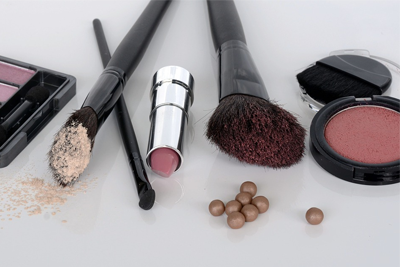How Makeup is Made?
- Mascara
In the U.S., mascara is usually colored with carbon black. For other colors like brown, iron oxides are typically used, and inorganic pigments can create purple or blue mascaras. From there, most companies use emulsion—expelling small insoluble liquid droplets into another—on water and thickeners to create a cream. Then, pigments and waxes are mixed in until large particles have broken down so that the mascara is the proper color and won’t harm anyone’s eyes. - Lipstick
Initially, wax and oil are melted together. Next, the color pigment and a solvent solution are mixed in. After blending for hours and setting, the formula is put into lipstick tubes and cooled, so it can keep its shape. - Foundations & Powders
Like the two previous types of makeup, these are made with oils and pigments. Perfume is also frequently added to diminish any bad smells from the ingredients. From there, what’s included often depends on the type of product. Many newer products are made with sensitive skin in mind, so they don’t include any harsh ingredients.
No matter the type of cosmetics being produced, the process is comprehensive. Color measurement is essential at every stage to ensure the final product enhances the user’s beauty. Konica Minolta Sensing offers a diverse range of instruments tailored for precise measurements in the cosmetics industry. Whether dealing with powders, liquids, or creams, our instruments provide manufacturers with the necessary measurements. The CM-5 benchtop spectrophotometer and our new CM-17d portable vertical spectrophotometer are particularly well-suited for the cosmetic industry. Their user-friendly design and measurement accuracy facilitate the achievement of standard color quality.











